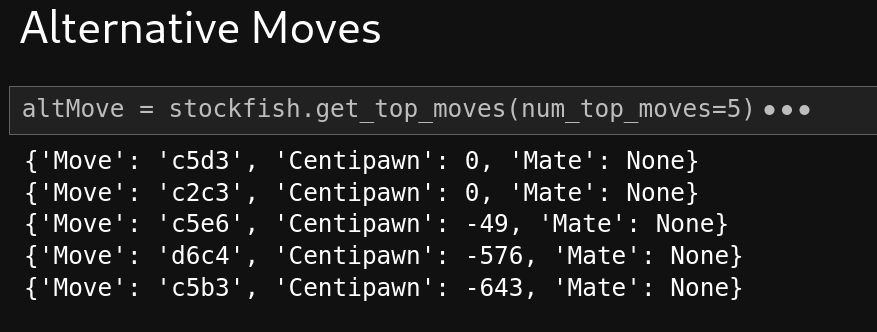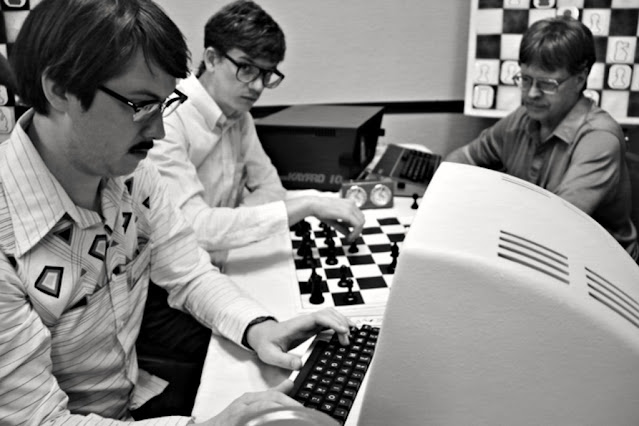Tricky Positions Engines Don't Get Right (At First....)
Chess engines can sometimes miss determining the best line. That is not surprising given the vast number of possible chess lines that exist. A crude estimate of the number of unique chess games is 1x10^120. For comparison, an upper estimate of the number of stars in the Milky Way galaxy is 4*10^11.
Chess engines deal with this enormous complexity by discarding potential moves they judge to have little merit quite early in the search process (called "pruning"). In rare cases, they discard too early.
In the position shown above (FEN: 8/q2pB3/p2N2r1/p1N5/p1p5/k7/P1P1PPPP/K7 w - - 0 1), my computer running Stockfish chooses the move Nd3 after 4 minutes of evaluation time to a depth of 63. It also judges the position to be a draw with a 0.0 engine score.
That is not the correct answer. How do we find the correct move of pawn c2 to c3?MultiPV Analysis Is The First Step
Forward Analysis Is The Next Step
The next step is to actually take our chess engine's two best ideas and then get it's two best counter-moves for each of those ideas. Then we evaluate how the original two best ideas hold up against those counter-moves.
While Stockfish's original best idea of Nd3 still evaluates to a draw with a centipawn score of 2, it now realizes that the move pawn to c3 will allow it to checkmate Black in 21 moves!







Comments
Post a Comment